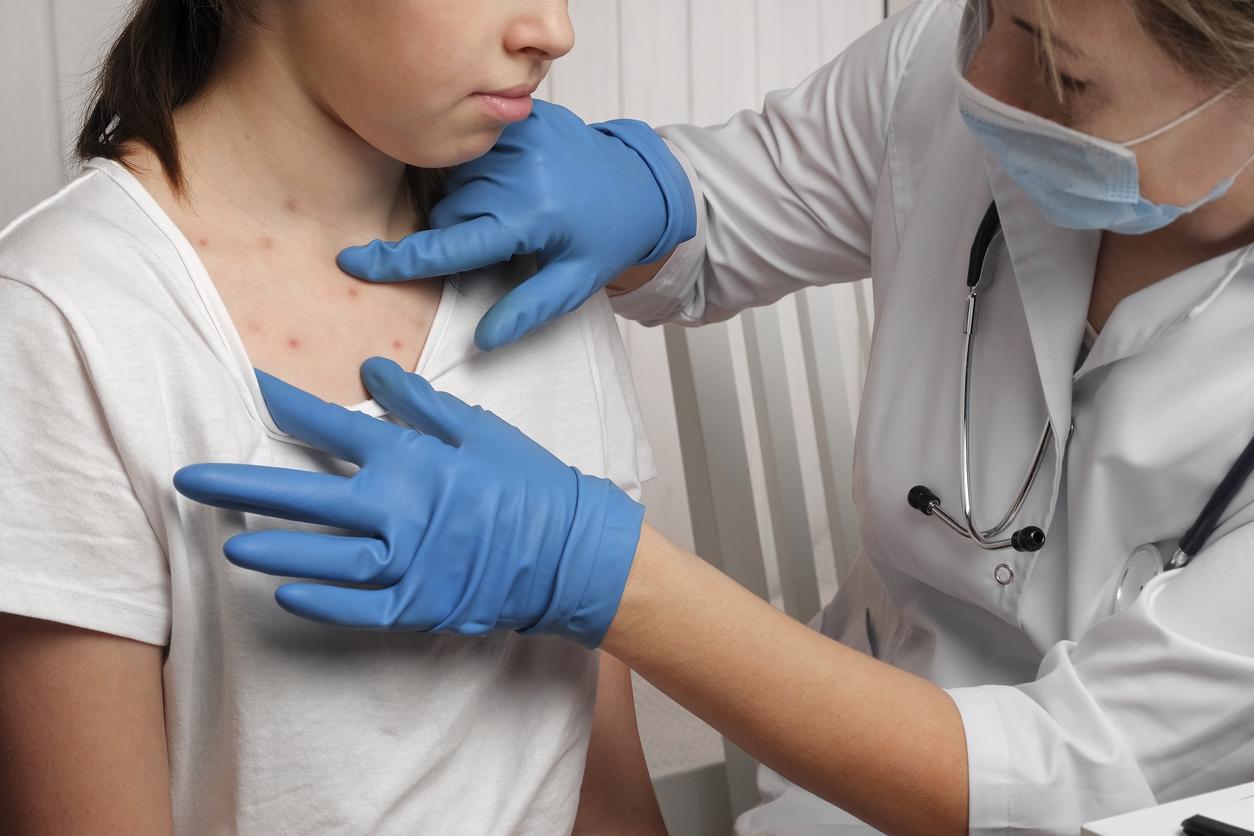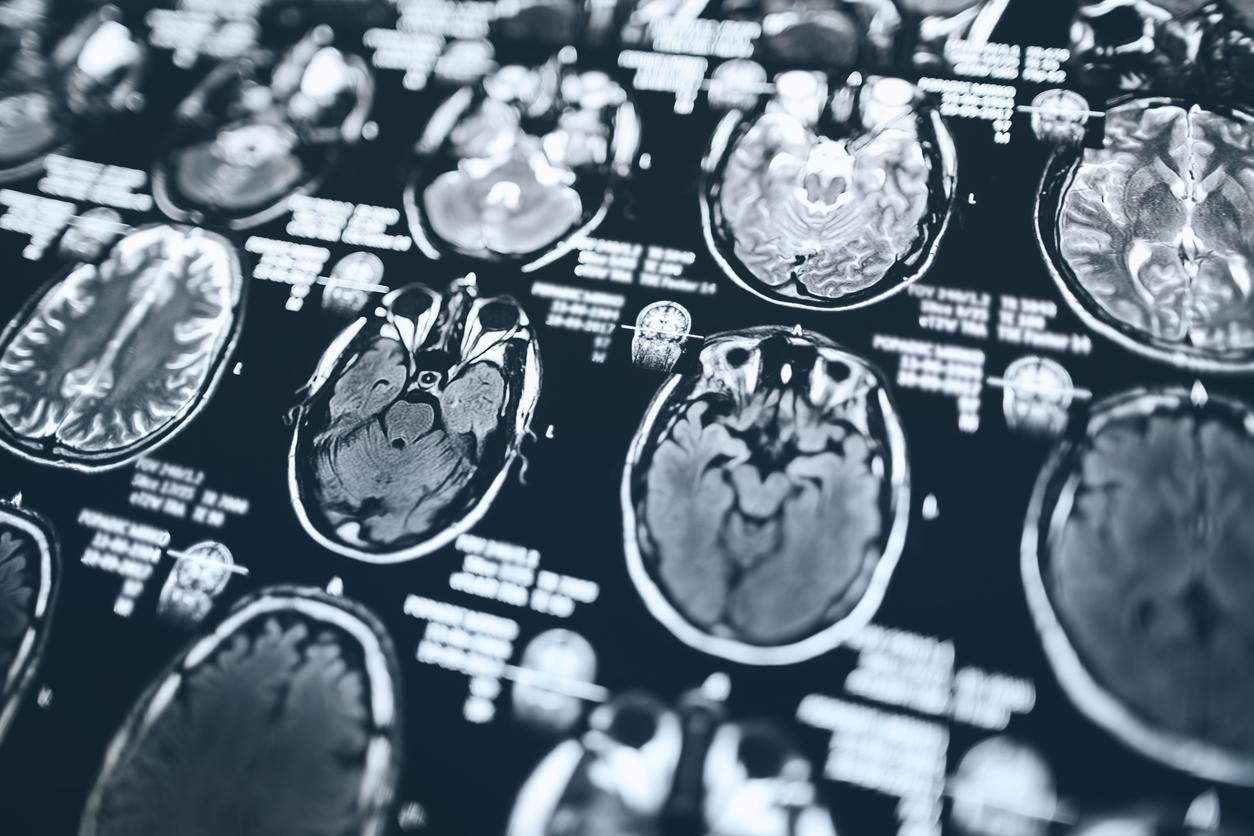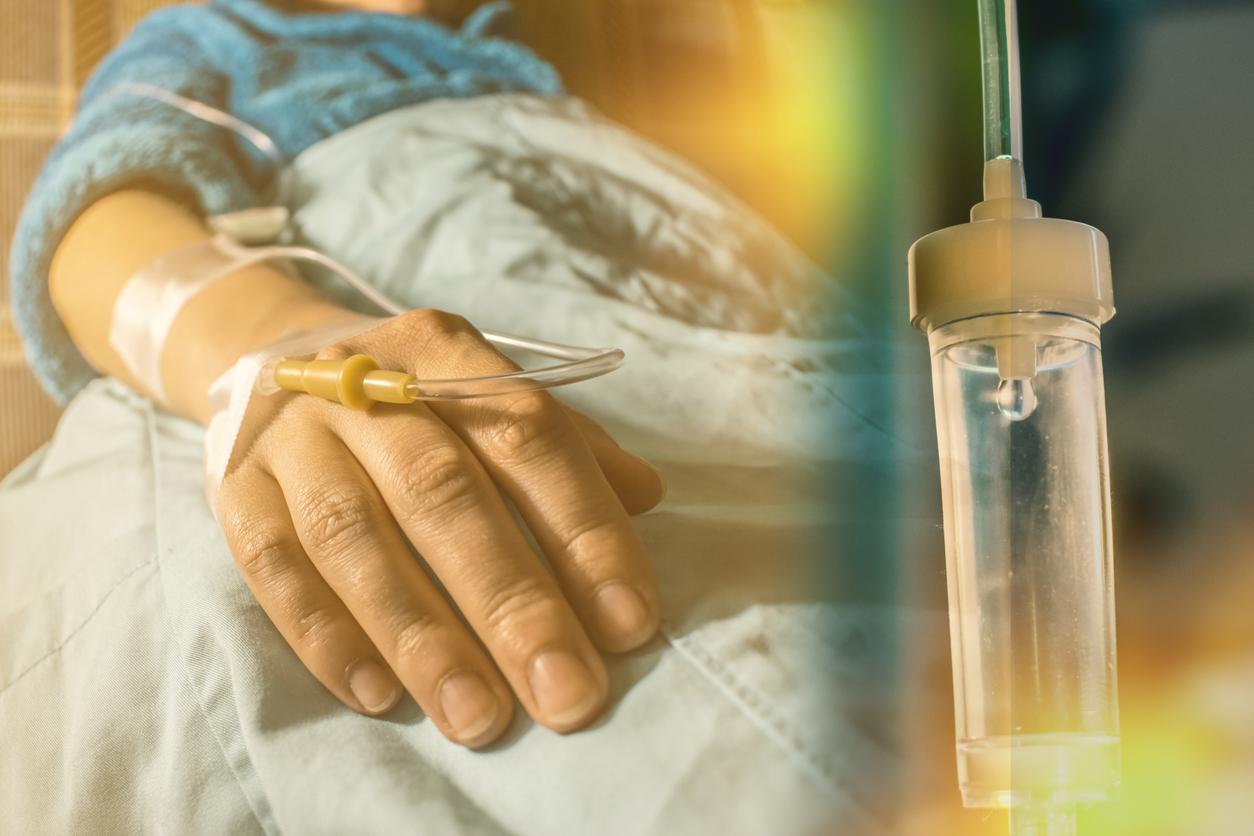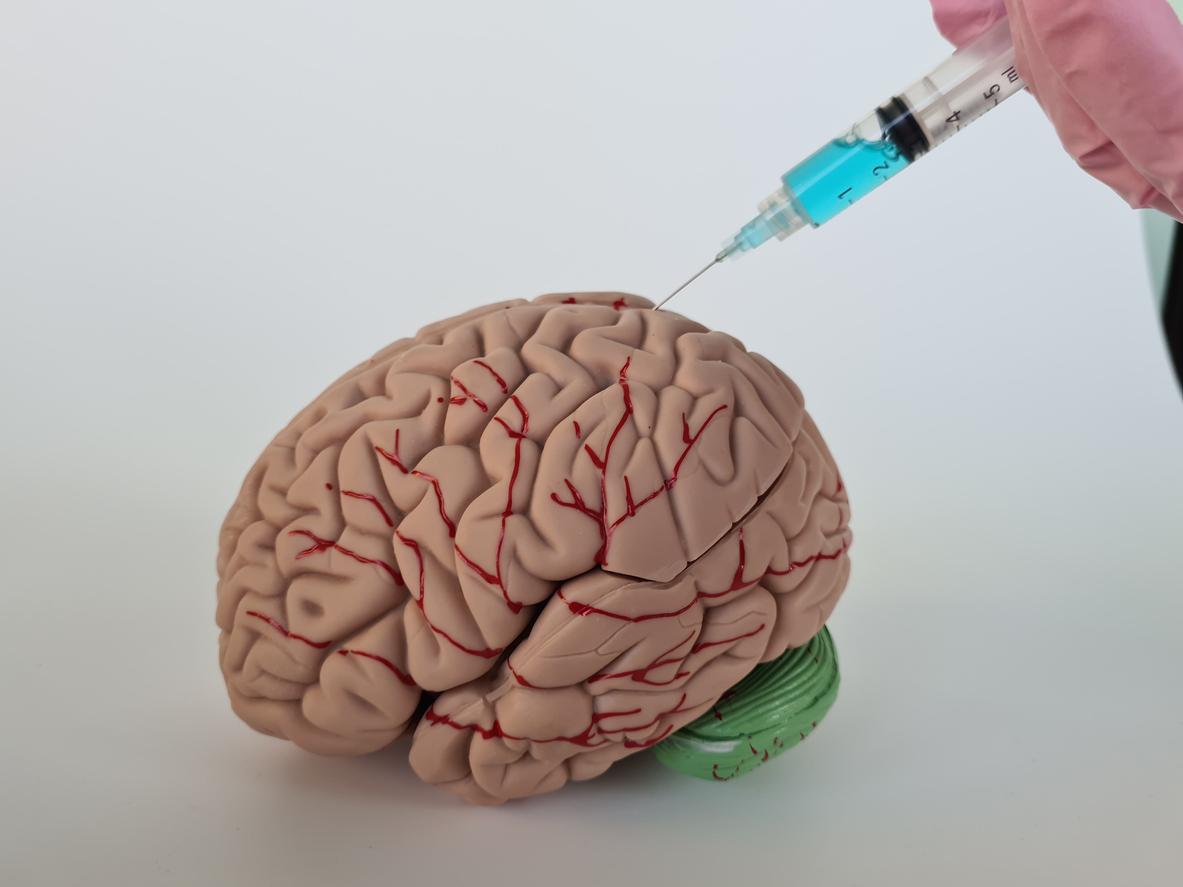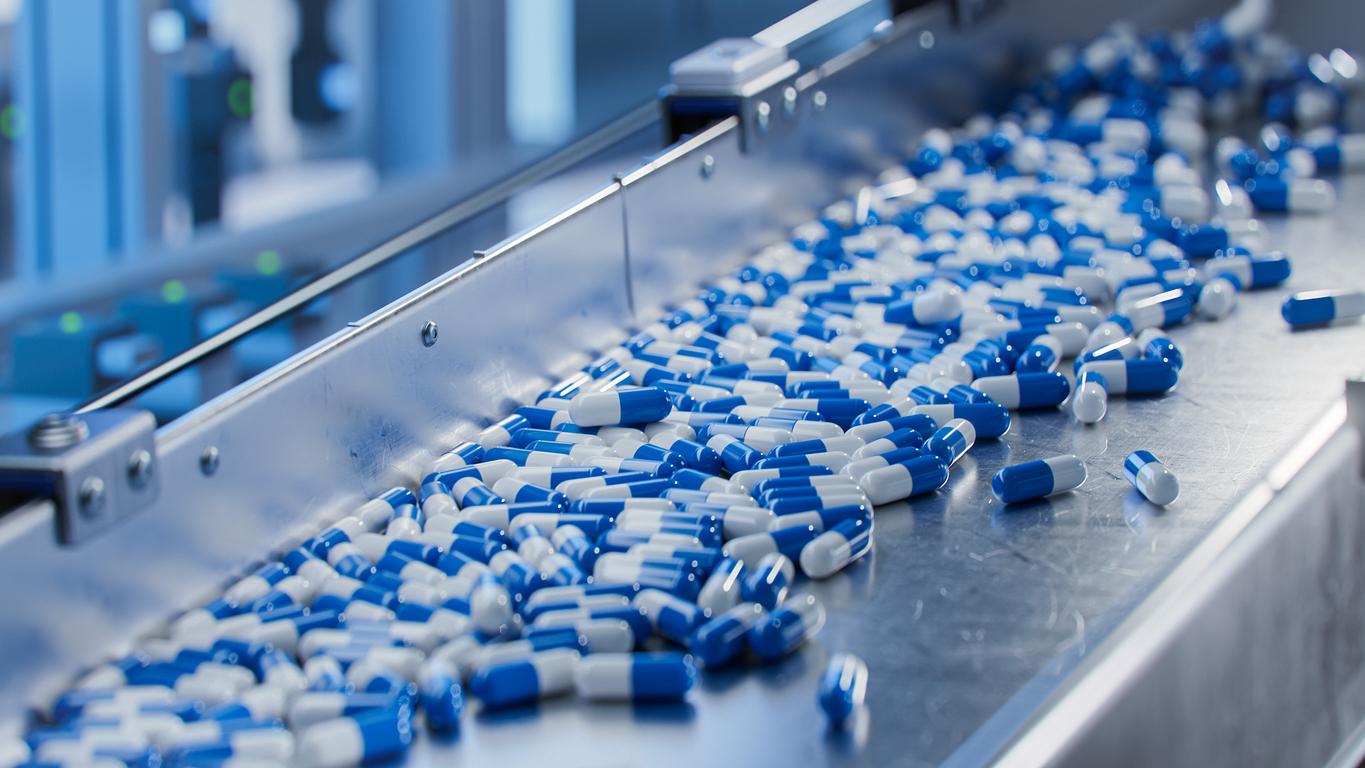On the occasion of our special week dedicated to amyotrophic lateral sclerosis, Pourquoi docteur takes stock of treatments and research advances with Professor Claude Desnuelle, vice-president of ARSLA.

Why Doctor: What are the current treatment options in France for people with amyotrophic lateral sclerosis?
Pr Claude Desnuelle: Today, -apart from Tofersen which we will talk about later- we have only been using Riluzol since the 90s because research has shown that it prolongs the survival of patients. I would point out that there are many other drugs that have been shown to prolong survival… But it depends on how the studies were done. For example, for Relyvrio which we used a little last year, some studies showed that it prolonged survival phenomenally and then others finally showed that it did not, so we stopped everything.
ALS: “I have seen therapeutic trials in all directions for 20 years”
What are the difficulties researchers face in finding a treatment for this neurodegenerative disease?
On the one hand, I have seen therapeutic trials in all directions for 20 years. Until recently, about 5 or 6 years ago, for a drug to be used in a therapeutic trial for ALS, it was necessary to prove that it was effective on a mouse model with a particular mutation… But we finally realized that we were curing and improving generations of mice without managing to treat a single human with this principle. So we must believe that this principle of the mouse model was bad.
Furthermore, we consider that there are two major causes to be treated in ALS, but without succeeding in achieving them:
-Inflammation in the cells surrounding motor neurons is a major contributor to the disease’s progression and rapidity. So the idea is to get molecules that fight this inflammation, but we haven’t found much in the last six years.
-Energy mechanisms: we consider that motor neurons lose the ability to produce energy and therefore function less well, so we are looking for drugs that aim to boost this cellular energy system. Here again, experience shows that we have not gone very far, except for a few molecules.
Finding a cure therefore seems almost mission impossible…
Until now we had the impression of inevitability, a disease over which we could do nothing, while there is still hope, particularly for genetic forms. Today, they only represent 10% to 15% of ALS, but we hope that there are many more! 90% of these patients share four genes, and for the remaining 10%, these are extremely rare mutations.
Tofersen: “A gene therapy that is done by injection every month directly into the spinal cord”
Among these four known mutations, we now have a drug that we are almost certain is effective for one of them because it corrects the effects of the mutation in the gene: it is Tofersen, whose trade name is Qalsody®. In principle, the EMA should give an authorization for use in the coming months. Currently, it is already available under special access in France for patients whose mutation we have detected. It can also be given in the family to people for whom we have found this mutation, even if ALS has not yet declared itself. We have also noticed that this treatment is capable of leading the patient towards recovery, something considered, until recently, as miraculous in ALS. It is a gene therapy that is administered by injection every month directly into the spinal cord, by lumbar puncture.
And for the other three known genes, do we have any hope of treatment?
Right now, there are a lot of trials for these other three genes. These trials will lead us to something in the coming months, even years. The day when we can treat 10% of ALS, that will already be fantastic progress.

For these genetic forms, we will most likely find treatments.
Can we imagine that there are more genetic forms of the disease than those we currently know?
What we are doing more and more now in France is that in addition to the genetic test to find out if ALS is linked to a known genetic form, we are systematically sequencing the patient’s entire genome to study it. Thanks to this technique, we will probably find mutations that were unknown until now. Even if there will certainly not be 100% of the forms that will be genetic, we can hope that this proportion of 15% will rise to 30-35%. And for these genetic forms, we will very probably find treatments.
Today, we know that there is not one ALS but several ALS. How could this change the situation for treating patients?
We had been completely stuck for over 20 years because we didn’t have this notion… We felt it, as doctors and researchers, but we hadn’t demonstrated it. Now that we know that there are different types of ALS, if we can distinguish them and do targeted therapeutic trials based on the marker present, I think we will have much more success from a therapeutic point of view. Indeed, it is obvious that if there are patients with different diseases and you give them the same treatment, statistically it will respond one time and then another time, it will not respond. Unfortunately, for the moment, we don’t have a marker to identify these patients.










